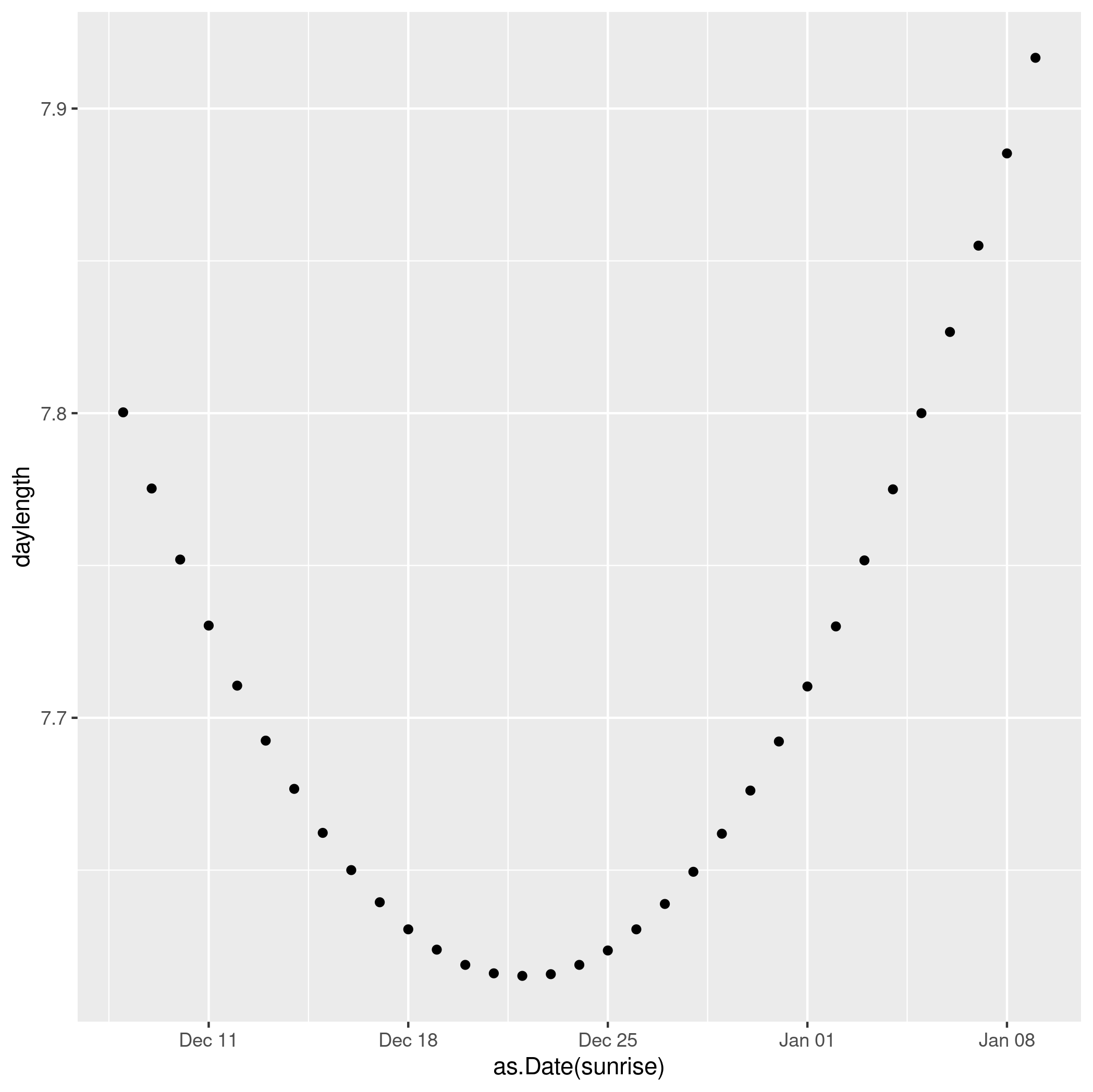This blog describes an ongoing research project which uses both survey data (from the European Social Survey) and web-scraping (of Google News data via SerpApi) to understand how Irish attitudes to immigration have changed over the last two decades.
The Republic of Ireland has undergone significant social transformations in the last few years, and one of the reasons for this transformation is immigration. Up until now, survey data and questionnaires from repositories like the Central Statistics Office (CSO), Eurobarometer, European Social Survey (ESS), and other public data sources have been used for different observations and analyses for studying societal attitudes. These sources provide first-order data that are gathered through efficient sampling strategies, and they update their data regularly, highlighting different topics and subtopics for that particular year.
Continue reading Web-scraping, survey data and Irish attitudes to immigration